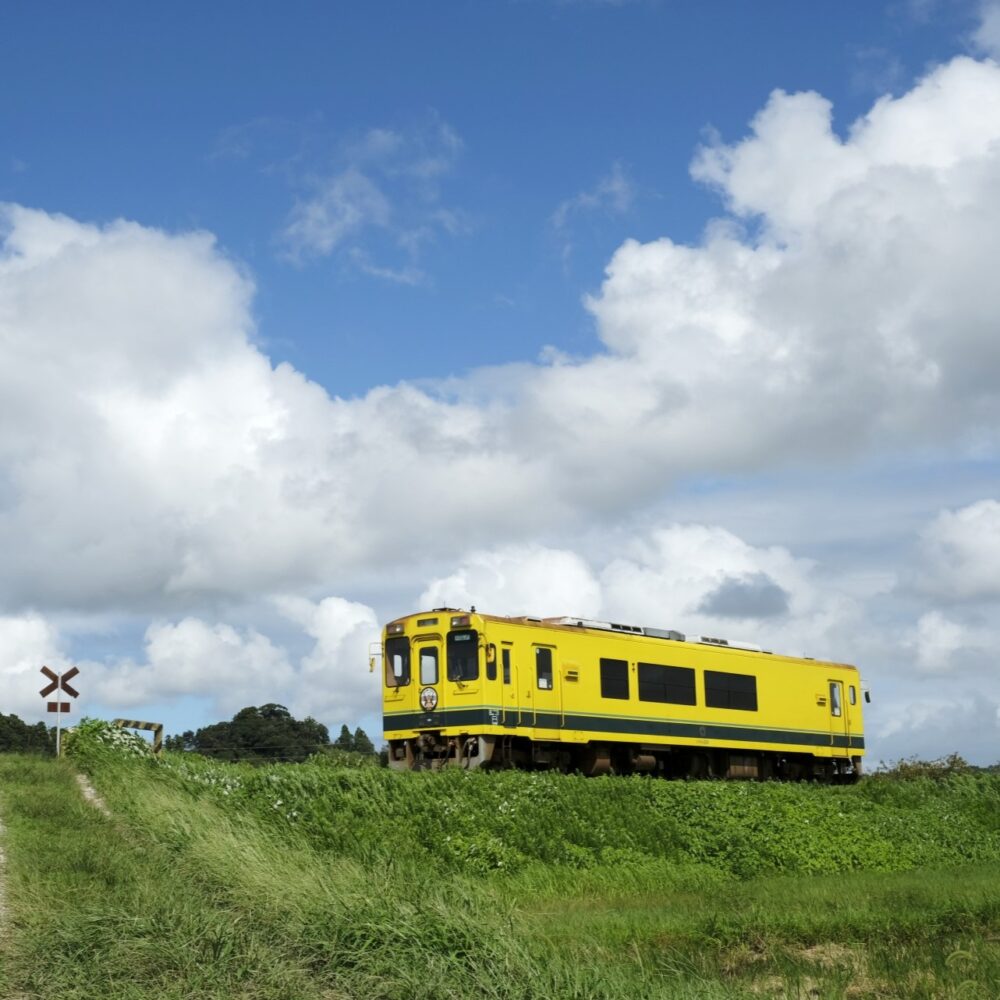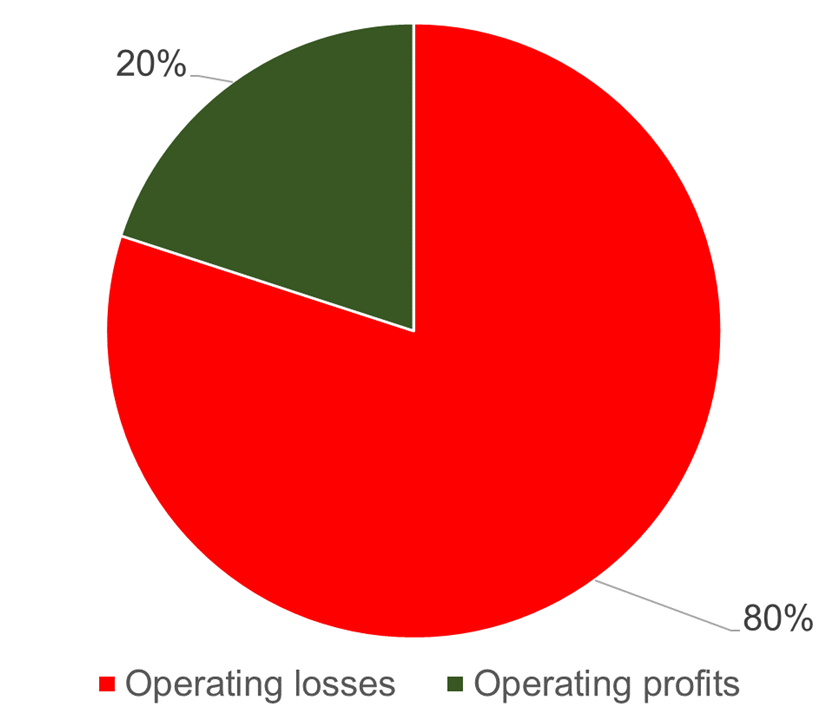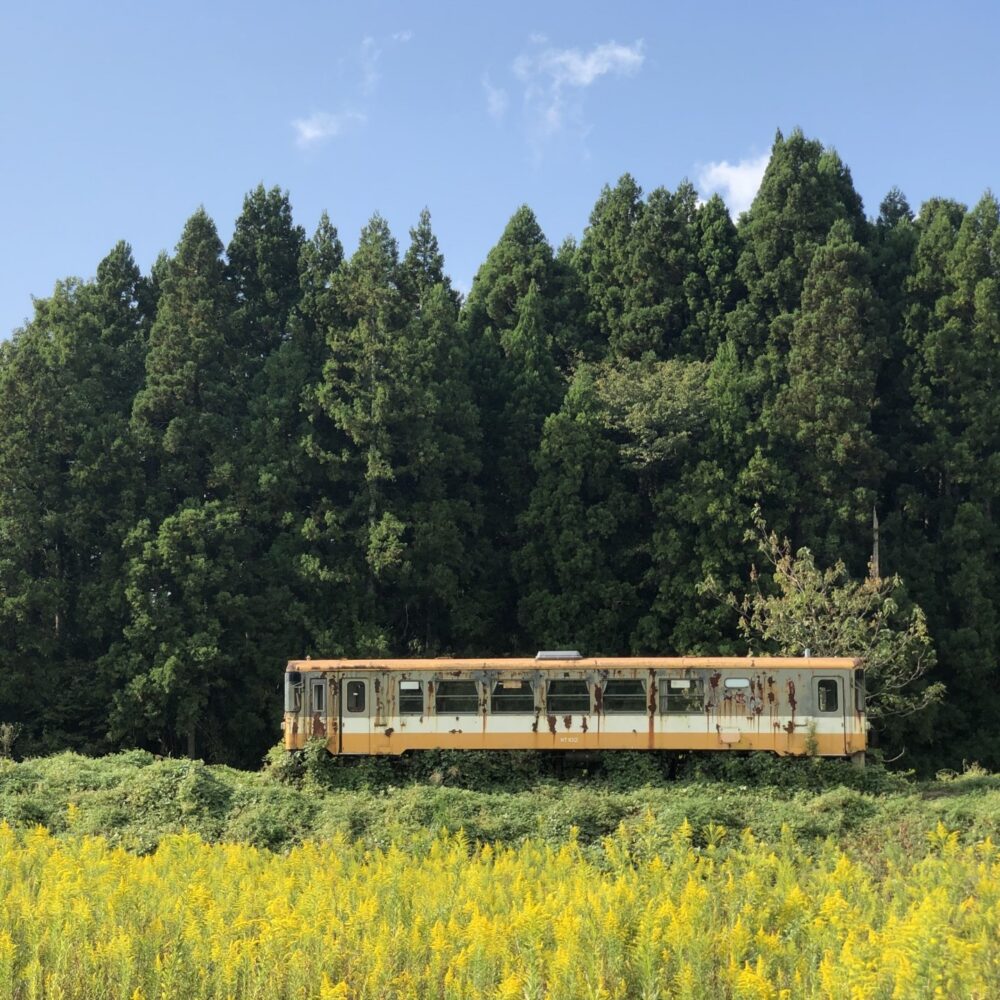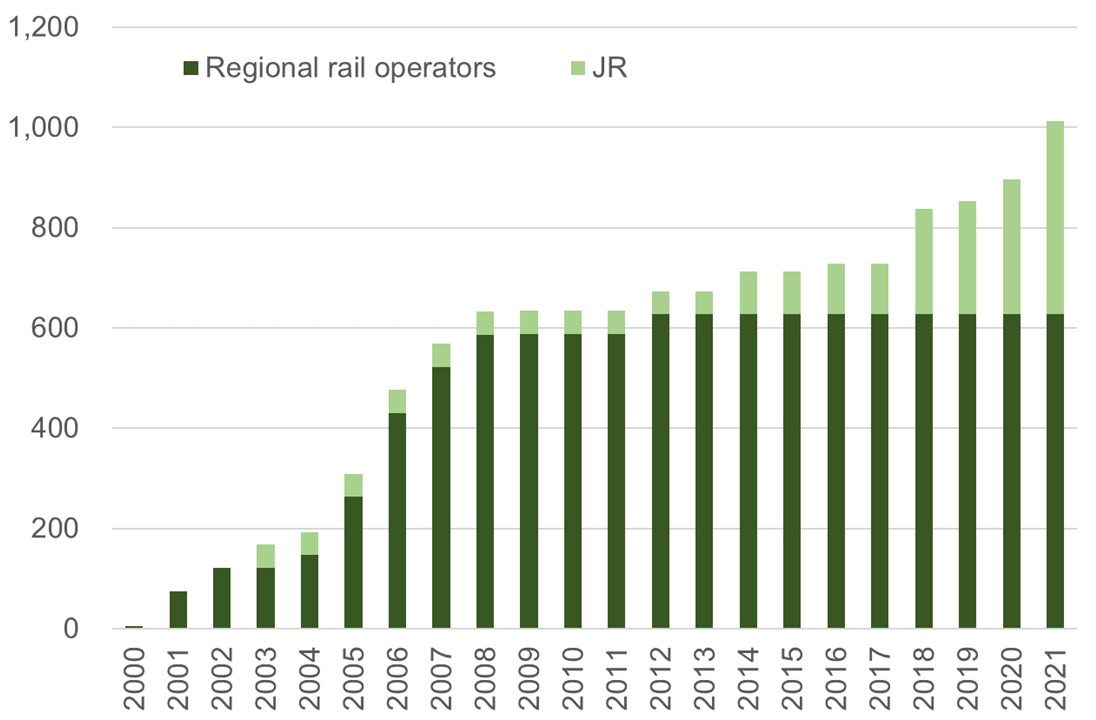Will it be impossible for travelers to visit local Japan in 10 years?(1)
Table of Contents
1: Introduction
2: Current status of regional rail operators
3: Ageing rolling stock and infrastructure of regional rail operators
4: Discontinued railway lines

1: Introduction
In our four-part series, we describe the plight of regional rail operators and passenger bus operators on the main routes for travel to rural areas of Japan. Most operators are losing money, and if the current situation continues, the closure of rail and bus routes may accelerate and make it impossible to travel to rural areas of Japan by public transport.
The first article discusses regional railways, the second passenger buses, the third accessibility of regional railway stations, and the fourth measures to promote travel to the regions.
2: Current status of regional rail operators
Regional railways refer to railway lines other than Shinkansen, conventional main lines, and urban railways. Of these, small and medium-sized private railways and semi-public corporations are referred to as regional railway operators, of which there were 95 as of 1 April 2022.76 of the 95 companies had operating losses in the railway track industry in FY 2019. The proportion of losses is 80%. Even before the impact of the new coronavirus, regional rail operators were already suffering due to an aging population and a decline in the number of passengers due to increased travel by private vehicles (motorization).
Operating profit and loss of the railway and tramway industry (2019)

Source: Ministry of Land, Infrastructure, Transport and Tourism
3: Ageing rolling stock and infrastructure of regional rail operators
Continued losses have prevented regional rail operators from renewing their rolling stock and infrastructure.
The life expectancy of rolling stock is 11 years for internal combustion railcars such as diesel locomotives and 13 years for electric railcars. However, only 15% of the rolling stock owned by regional rail operators is younger than 13 years old, 24% is older than 51 years old, and 32% is between 31 and 50 years old.
As for tunnels, 38% are older than 60 years old, with a life expectancy. In addition, 81% of bridges are older than 40 years old, with a life expectancy.

4: Discontinued railway lines
Rail lines remain closed as they fall into a reverse spiral of “declining user numbers → deficit → aging → further decline in user numbers.”
The number of railway lines closed from 2000 to 2021 totaled 1,158 km. This distance of discontinued lines includes JR, but if we consider that the operating distance of the 95 regional railway operators is 3,763 km and the total operating kilometers of JR is 19,792 km, we can understand the long operating distance of the discontinued lines over the past 22 years. The discontinued lines are, of course, all local routes. Therefore, as explained at the beginning of this article, it is not an exaggeration to say, ‘ We will no longer be able to travel to rural areas of Japan by public transport in 10 years.’
Discontinued rail lines since 2000 (km)

Source: Ministry of Land, Infrastructure, Transport and Tourism